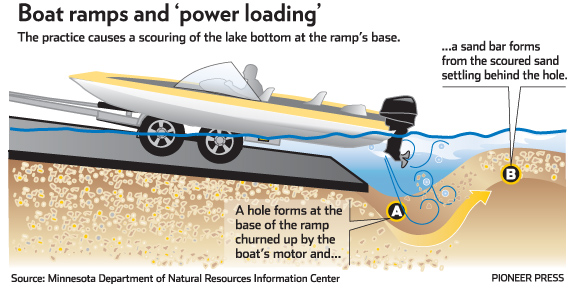One of the things we’re planning on doing with Dynamic Ecology 2.0 is revisiting some old posts that are still relevant, but possibly with some updating. This is one of those posts! The original post was a guest post by Catherine Searle, who at the time was just finishing up a postdoc and moving to a faculty position at Purdue. She’s now an Associate Professor! Being able to give a short, concise overview of your research is super useful and a skill that pretty much all of us could use some more practice with. Cat’s old post is still very relevant, so I encourage you to click through to read her original post, which you can find here.
Once you’ve done that, come back here to read some more ideas about specific exercises to help you hone your elevator pitch (a great lab meeting activity!) A PhD student in my lab, Teresa Sauer, led a lab meeting on this theme this past fall. While ‘elevator pitch’ is a common term for this, that particular setting – a 30 second ride in an elevator with someone to whom you are introducing yourself – is, well, unlikely. Teresa came up with some excellent ideas of more realistic scenarios where you’d want to give a quick introduction of what you work on to a range of people, including a visiting seminar speaker, a thirteen year old at a pop up outreach event, and two men at the boat launch who are about to go fishing (perhaps the most common informal outreach for people in my lab!)
Before getting to the specific scenarios Teresa came up with, I want to review a few approaches we use in my lab to try to help people come up with their pitch.
Half life
The activity we paired with Teresa’s scenarios this past fall was the ‘half life’ activity that I learned about from Elyse Aurbach, who describes it in more detail here. Briefly,
During Half-Life Your Message, a communicator first takes 60 seconds (and no more) to speak aloud without prior preparation on a topic of interest. Immediately following the completion of the 60-second task, the communicator starts again and communicates the same core idea but this time in only 30 seconds. The process is repeated in two additional iterations with durations of 15 seconds and 8 seconds.
In my experience, the standard experience is that 1 minute feels looooong and like you are rambling, but then all of the sudden at the end you realize there’s something important that you should have brought up sooner. 30 seconds often feels like the right length. 15 seconds feels so short, and 8 seconds feels like pro-level scicomm.
And, But, Therefore (ABT)
This one comes from Randy Olson and is laid out in detail in his book Houston, We Have a Narrative. There’s a blog post about it here (which relates to a newer book by Olson that I haven’t read yet!) The ABT structure is framed around three parts – the set up, problem, and solution. From the blog post:
Once you look at the world through this three-part perspective you realise the three elements embody three forces — AGREEMENT, CONTRADICTION, CONSEQUENCE. Then you look at the English language and see that the most commonly used word of agreement is ‘AND’. The most commonly used word of contradiction is ‘BUT’. And the most powerful word of consequence is ‘THEREFORE’ (‘so’ is more common, but not as powerful).
A different blog, by Dr. Miguel Balbin, has this example of a message in the ABT format:
Communicators need to be able to tell stories, and this is especially true for scientists. But, surprisingly, many of them aren’t trained to communicate with a layman audience. Therefore, the ABT template can be used as a simple set of rules to help with storytelling.
Message boxes
Another thing that can really help with finding your message is the Message Box which you can read about at COMPASS SciComm and in Nancy Baron’s Escape from the Ivory Tower: A Guide to Making Your Science Matter. The message box has the key issue at the center of the box, with four surrounding sections: problems, so what?, solutions, and benefits. There’s a workbook available that is a great introduction.
Audience ideas
A central thing in science communication is to know who your audience is. So, as I said above, my student Teresa came up with some really great specific audiences for us to have in mind as we worked on this. She wrote them on small slips of paper, then we put them in a jar* and picked them out, then immediately launched into the half life activity.
The different audiences:
- Two men at the docks ready to go fishing
- A dental hygienist excited to hear about your work seconds before she starts your cleaning
- Your seven year old niece/nephew at Thanksgiving dinner
- An atmospheric chemist (or any PI outside your field of research) at an award ceremony
- A visiting seminar speaker
- The lead author on the most cited paper in your grant proposal
- A very enthusiastic Department of Natural Resources employee you meet in the field
- Your new hairdresser
- A thirteen year old at a pop up outreach event
If you have experience with any of these activities or related ones – or try them out with your lab or another group – I’d love to hear about how things go! And I’d also love to hear about other creative audiences you have in mind (or actually have had!) when you hone your elevator pitch!
*Okay, fine, it was a beaker.


